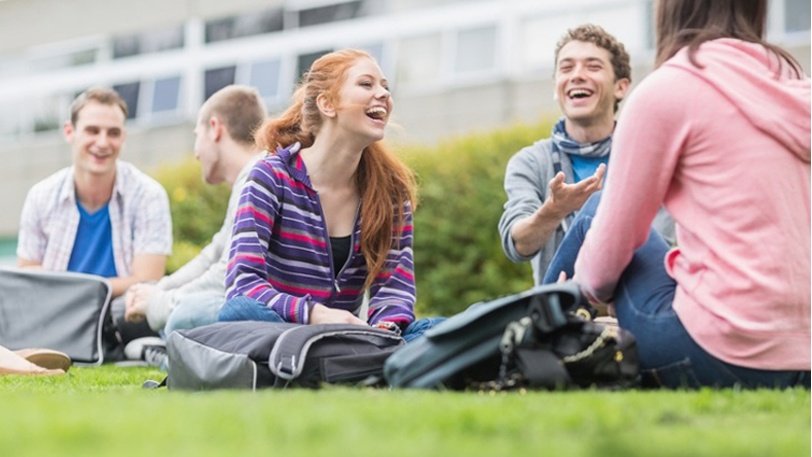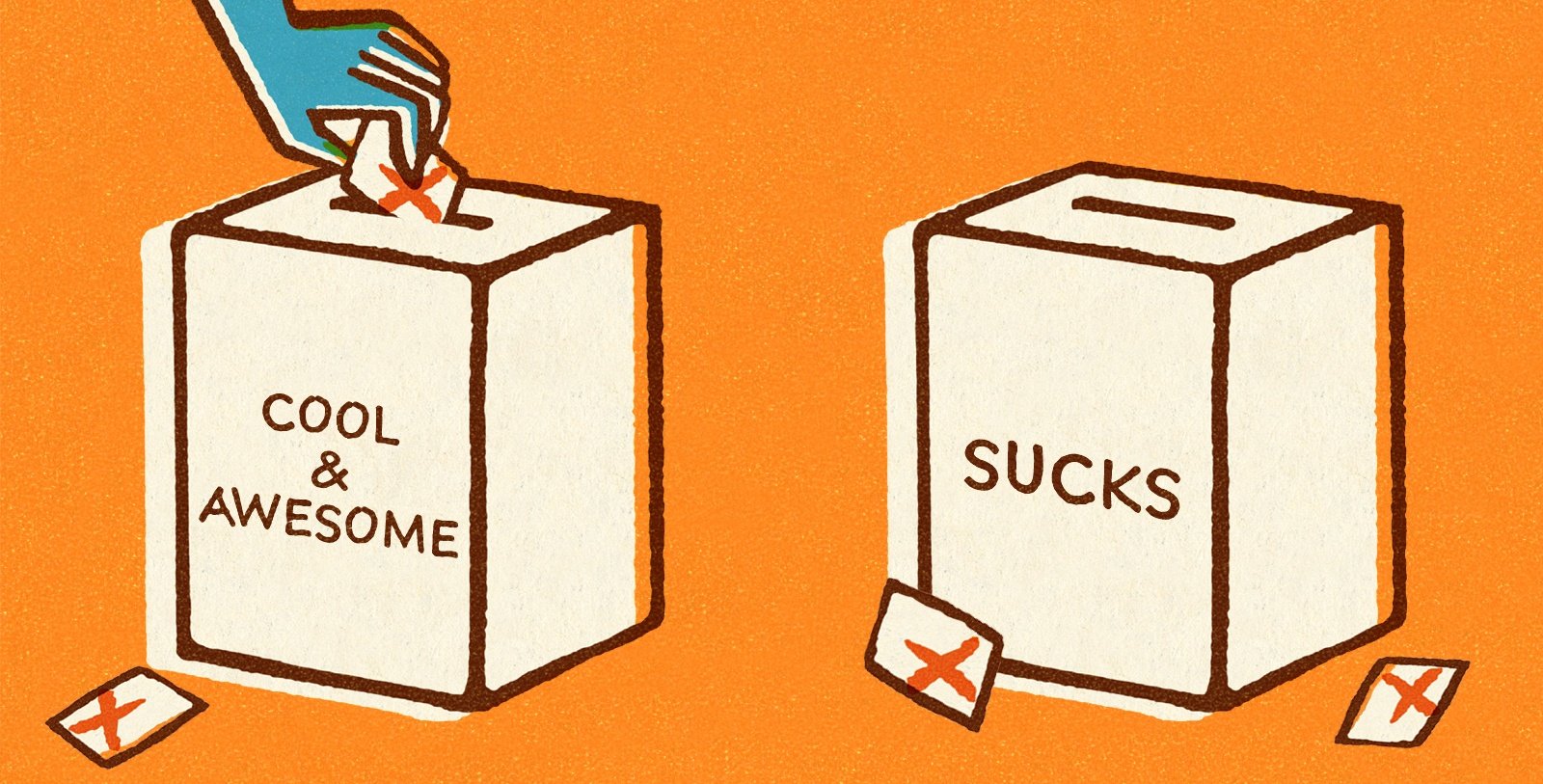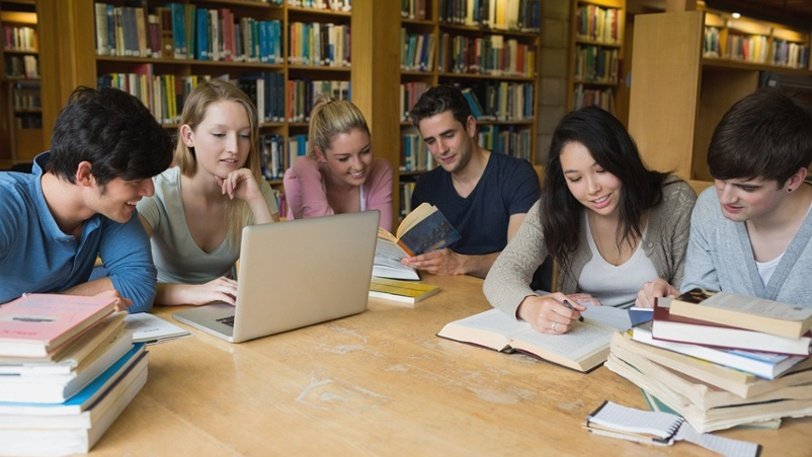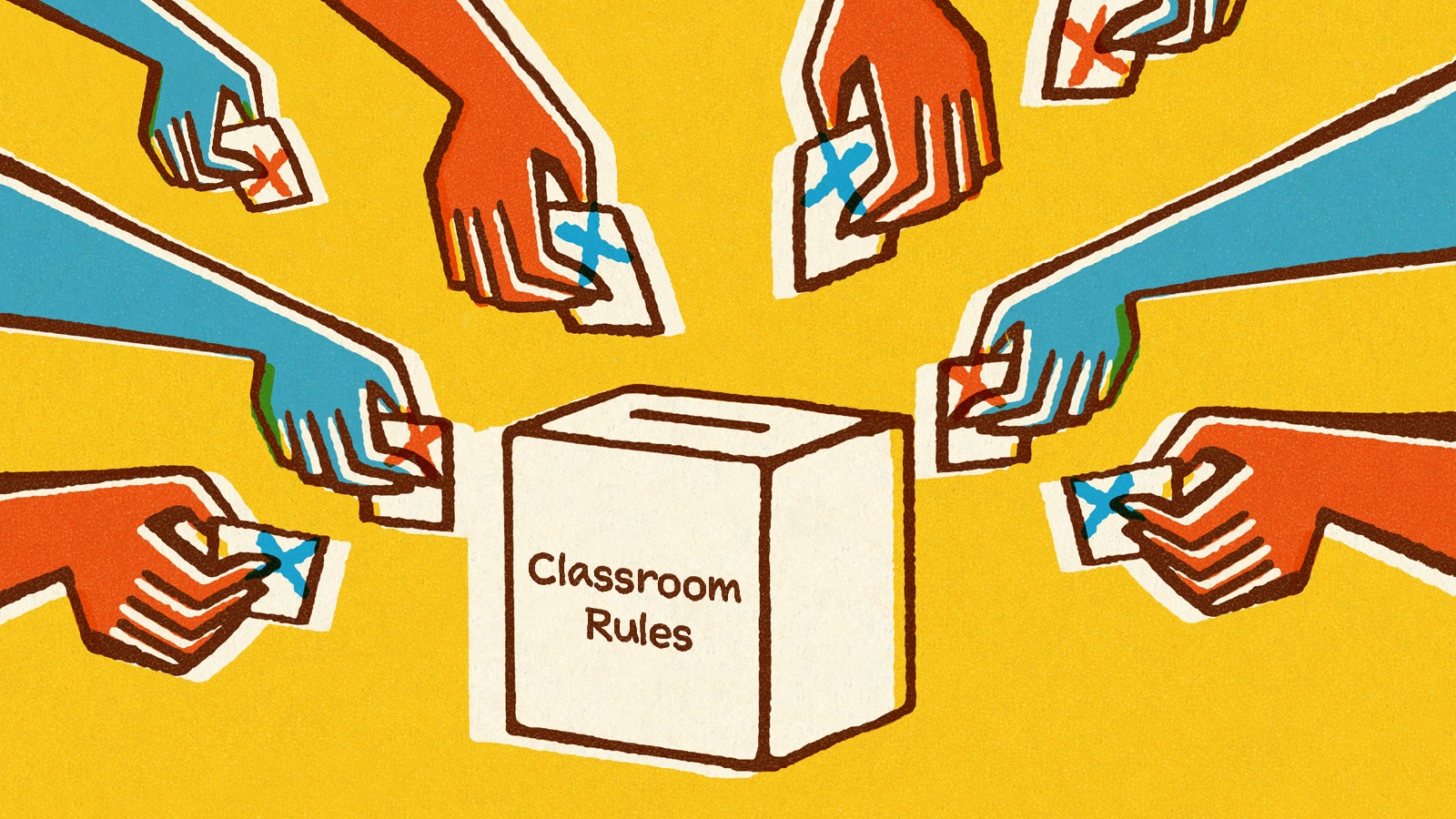Democracy begins in the classroom.
We all know that our students should be practicing civic engagement in the social studies classroom, but that’s not something that happens automatically after setting up a few classroom rules. Are you ready to try something other than posting and going over the classroom rules the first day of class? Classroom rules that teach democracy need to be part of an ongoing democratic process.
Classroom rules—why you can’t just ‘set it and forget it’
Perhaps you have tried to be “democratic” about the process, having students suggest rules, but their answers and the eventual results are predictable. The students behave for a few days while they learn about the real rules of your classroom: what rules matter to you, which infractions bother you, how consistently you enforce the code, and how you respond to behaviors and actions not explicitly covered by the rules.
Face it—your classroom is not a democracy. The students are serfs in a small kingdom ruled by a single king, queen, or benevolent dictator, and they learn to chatter just enough to stay within your level of tolerance. If you try to crack down they rebel in countless different ways. Are the students learning about true democracy in your classroom through experiential learning?
Practicing engagement in a democracy is in the standards
Your students are supposed to learn to engage in a democracy in school. At the elementary level, in the California History-Social Science Standards, the first standard of the first unit of Kindergarten states that students should learn to “Follow rules, such as sharing and taking turns, and know the consequences of breaking them.” In 1st grade students are to “Understand the rule-making process in a direct democracy (everyone votes on the rules) and in a representative democracy (an elected group of people makes the rules), giving examples of both systems in their classroom, school, and community.”
At the middle and high school level, a history/social studies teacher is either teaching, in large part, the history of different civilizations’ experiments with government in a U.S. or world history course, or a 12th grade government course. It’s one thing to teach about democracy, and another to teach students civic engagement within a democracy. And the thing is, just teaching about democracy isn’t following the standards.
Here we’ll discuss some ways to build a real democracy in your classroom.

Build a foundation for collaboration
Once students get to know each other, they come to respect the views and perspectives of other citizens—a basic building block of democracy. From the first few minutes of class, get the students out of those rows and out of their silence. This is why you do icebreakers right away, anything to break that ice. I like a simple three-minute one: model introducing yourself to a single student, exchanging names, country of origin of one’s parents, previous schools, and one or two favorite activities outside of school. Do this quickly, because during those three minutes, each student must try to meet at least three other individuals. The teacher can play too!
Immediate interaction starts to break down the walls between citizens that prevent the building of true democracy in the classroom. Confined to rows, students have difficulty getting to know each other, and the ignorance breeds stereotypes, assumptions, and disrespect. After weeks of being in rows, lacking information, and forming assumptions about each other, students find it difficult to be put in groups and work together. You have to build the foundation for collaboration right away.
Make classroom rules that support your classroom democracy
You need classroom rules—they’re the laws of the little country that is your classroom. Here is a better way to formulate classroom rules that is also an effective way to teach government, democracy, and civic engagement:
In small groups within the first days of class, with a recorder keeping track of responses, pose your own versions of the following “negative” questions:

Things that suck!
- What are things that other students do or say that bother you and make you feel that you are having a bad experience in the classroom?
- What are some ways that other students act and behave that make you dislike coming to a class, and make you feel that a classroom is a tense, uncomfortable, or unsafe space?
- What kinds of fellow students’ words and actions make you think and feel that you are not going to like the class and not like working with those persons?
You can have a little fun, contributing your pet peeves about students to the discussion. Then, pose positive, complementary questions:
The Cool and Awesome.
- What are things that other students say and do that make you feel you are having a good experience in the classroom?
- What are some ways that other students act and behave that make you like coming to class?
- In what ways do other students make it easier for you to focus?
- What makes the classroom a good environment in which to learn?
Small groups can elect representatives to report highlights to the whole group. A good discussion finalizes the draft lists. Now what?
Set up the Congress of your classroom democracy
Name and select a student committee who will condense and clean up the lists. A draft list comes back to the whole class, and there is more discussion and refinement—what does this or that rule mean, and what do we want it to mean? There is deliberation, there is compromise, and sometimes the teacher makes executive decisions.
Perhaps you see where I am going with this or where you can take it. After a few days or weeks, you not only have a set of classroom rules which the students helped create, but an actual constitution legislated by a small Congress, and which now requires an Executive Branch to enforce, and a Supreme Court to interpret.

Set up the Executive Branch of your classroom
The Executive Branch enforces the laws passed by Congress. The more experience the teacher has, and the more mature the class, the more elaborate the exercise. For example, the teacher does not have to be the only president who can enforce the law. A president, like a sheriff, can have assistants and deputies. Perhaps rotating committees of students are in charge of enforcing particular rules. Perhaps table or row leaders for the day can enforce certain rules.
Set up a Supreme Court for your classroom
There are inevitably instances in which a student feels the teacher is being unjust or unfair in the enforcement of a classroom rule, or in the administration of classroom discipline. The typical result is a public power struggle based on force of personality. The teacher may win the battle based on authority and fear, but lose the war of having the respect of one student and perhaps the class. Instead, a supreme court of, say, five elected students sits apart for a few minutes, maybe outside the class, to discuss the situation. This court can hear from the defendant (student or teacher) and the plaintiff, then present two to three recommendations to the teacher as to how the situation can be resolved amicably and respectfully.
In this process, there appears to be much risk involved for the teacher, but the payoff is tremendous: more individuals in the classroom, including the teacher, can obtain validation of their points of view from more members of the community, and the result benefits from the involvement and support of those members.
Or you can go ahead and continue being a dictator and see if that gets you the love and admiration of your subjects.
Beyond the standards—reasons to be proud of your classroom democracy
You have modeled the building of a democracy, and had students experience how elements of the three branches of government operate, and “how a bill becomes a law.” They have experienced civic engagement. Now the textbook will make more sense to them.
To go further, you have followed the teaching of education philosopher John Dewey who wrote that “classrooms are a part of life, not merely preparation for it, and that to make society more democratic, students must participate in classrooms that are themselves democratic societies” (Oakes & Lipton).
Going further back, you have fulfilled the vision of Thomas Jefferson on schooling and democracy:
“For him, public schools—perhaps more than any other institution—bore the responsibility for ensuring that Americans acquire the cultural knowledge and skills of deliberation that could make possible a public process of determining the public good…This education…combined with inborn moral sensibility and powers of reason would allow citizens to read political ideas in newspapers, form their own political values, and make political decisions. Jefferson believed that a public so educated would protect the new republic and help it prosper” (Oakes & Lipton).
Storypath teaches civic values, literacy, and social studies content, using stories that students actively create
References
Jeannie Oakes and Martin Lipton, Teaching to Change the World, 2007, McGraw-Hill: New York, NY.
David L. Moguel is a professor of teacher education at the Michael D. Eisner College of Education, CSU Northridge. He holds degrees from Stanford University, the John F. Kennedy School of Government at Harvard University, and UCLA. David served as a John Gardner Public Service Fellow with Ramon C. Cortines, school superintendent, and as a presidential management intern for the U.S. Department of Education. He is the co-author, with Ron Sima, of Teach Me, I Dare You: Taking Up the Challenge of Teaching Social Studies, published in 2011 by the Social Studies School Service.

